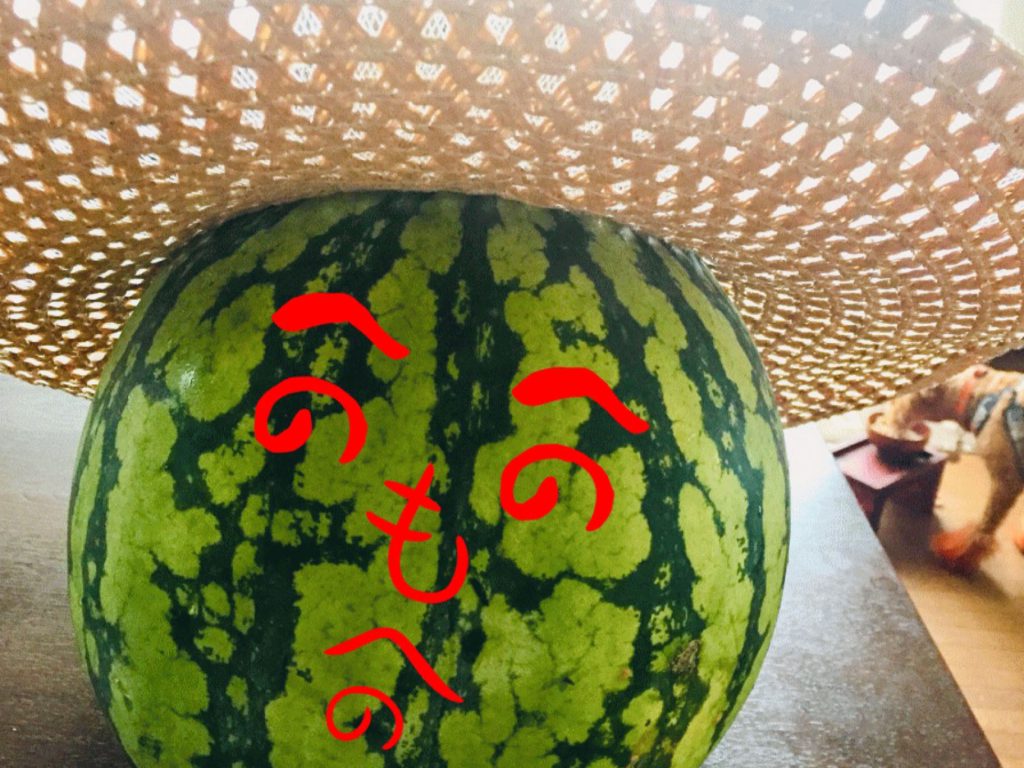
It’s been a long time since I’ve had a refreshing morning. According to the weather forecast for the week ahead, there will be days when the maximum temperature will drop below 30°C, and on some days the lowest temperature will drop below 25°C. I feel like I am finally out of the summer heat. A faint loneliness also remains. Many autumn fruits such as persimmons, chestnuts, and pears are now lined up in storefronts. Watermelon is also doing its best not to lose. I wanted to write “he no he no mo he no” and support them. “He no he no mo he ji ” is treated like standard Japanese, but it was originally “he no he no mo he no”. It originated in the Kansai region and spread throughout the country in a blink of an eye in the latter half of the Edo period. It changed to various ways of saying in the local area like a message game. In English, the y in the middle of the eye is changed to a capital letter Y to represent the eyebrows and nose, and the left and right e are the eyes. And in Spanish also, there is a play on the nose and eyes by changing the j from ojo, which means eyes, to a capital J. There is a letter game that represents the eyes. I feel like these probably originated from the Japanese “he no he no mo e no”.
久しぶりの爽やかな朝です。1週間先の天気予報でも、最高気温も30℃を下回る日もあり、最低気温は25℃を切る日があります。やっと夏の暑さから解放されそうです。一抹の寂しさも残ります。店先にも、柿や栗、梨といった秋の果物が沢山並ぶようになりました。西瓜も負けてはならじと頑張っています。「へのへのもへの」を書いて応援したくなりました。「へのへのもへじ」が標準語のように扱われていますが、元は「へのへのもへの」です。関西が起こりで、江戸時代後半から瞬く間に全国に広がった様です。伝言あそびではないですが、地方地方で様々な言い方に変わりました。英語でもeyeの真ん中のyを大文字のYに変えて眉毛と鼻に見立てて、左右のeを目にしたり、スペイン語では、やはり目の意味のojoのjを大文字のJに変えて鼻と目を表す文字遊びがあります。多分これらも日本の「へのへのもへの」が起源の様な気がします。
